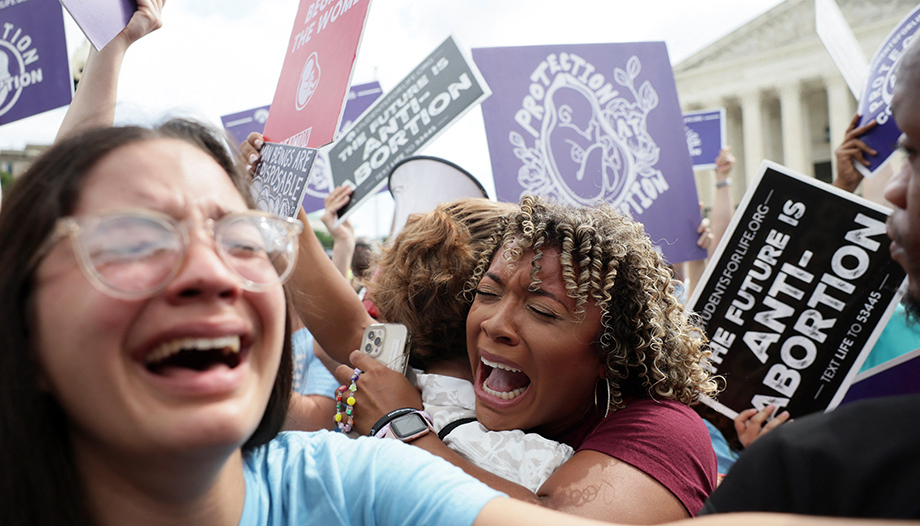It has taken almost half a century for the U.S. Supreme Court to reverse its ruling Roe v. Wadewhich declared the existence of a right constitutional right to abortion.
Almost 50 years to reach this new sentence, Dobbs v. Jackson Women's Health OrganizationThe "abortion of the unborn," a major victory for unborn human beings, leaves behind slightly more than sixty million abortions.
As will be recalled, the new ruling Dobbs had its controversial pre-announcement with the leak to the press a few months ago (it has not yet been determined who leaked the draft), and with the subsequent reaction of the public against and in favor of it.
Dobbs is a major legal milestone, with undeniable symbolic value. However, it does not actually mean that abortion has been abolished in the United States of America.
In fact, the Mississippi state law from which the ruling stems did not abolish abortion, it limited it in time limits and indications: "Except in a medical emergency or in the case of severe fetal abnormality, a person shall not intentionally perform or induce an abortion of an unborn human being if it has been determined that the probable gestational age of the unborn human being is greater than 15 weeks." So where does the significance of this new decision lie? In many things, of which I now select three.
First, in debunking the myth (and legal inaccuracy) that the U.S. Constitution contains a right to abortion. There is no such right. That alleged right was constructed from judicial activism, which turns judges into legislators.
Secondly, to refer the question to the legislative chambers of the fifty states that make up the United States. Here, pro-life efforts will multiply in very different versions in terms of limiting abortion (prior ultrasound, prohibition of abortion if the baby's heart is already beating, systems of indications, obligation to anesthetize the baby before killing it...) but, above all, it will make it possible to promote positive protection standards (assistance to mothers, pregnancy support centers...).
Thirdly, these fifty years have meant the patient, constant consecration of the pro-life movement. This movement has meant, among other things, a transverse and ecumenical inter-religious current that has brought together people of good will under the banner of the common cause of human life.
Finally, as of today, we are witnessing the beginning of the end of abortion in the United States.








